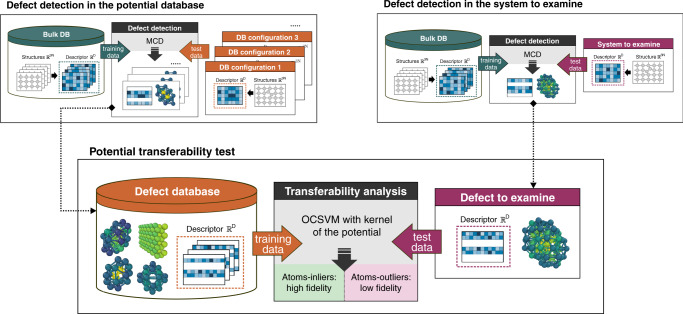Fig. 6. Workflow for transferability analysis of kernel ML potentials using outlier detection.
The structural data are represented in the feature space of atomic descriptor similar to that originally used to design the potential50. The first step of the analysis (upper panel) implies detection of defects both in the potential database and in the atomic systems to examine using MCD, one-class support vector machine (OCSVM) or any other relevant method. The second step (lower panel) is aimed at transferability analysis of the potential. The detected defect clusters from the potential database form a new training data set with the structures-inliers known by the potential. The new outlier detection model is trained on these configurations using a kernel method, e.g., OCSVM, with the kernel function identical to that of the tested ML potential. Identification of atoms-outliers within the examined defect cluster implies that these atomic environments are missing in the training database and, therefore, the tested ML potential may provide poor energetic properties for this defect.

